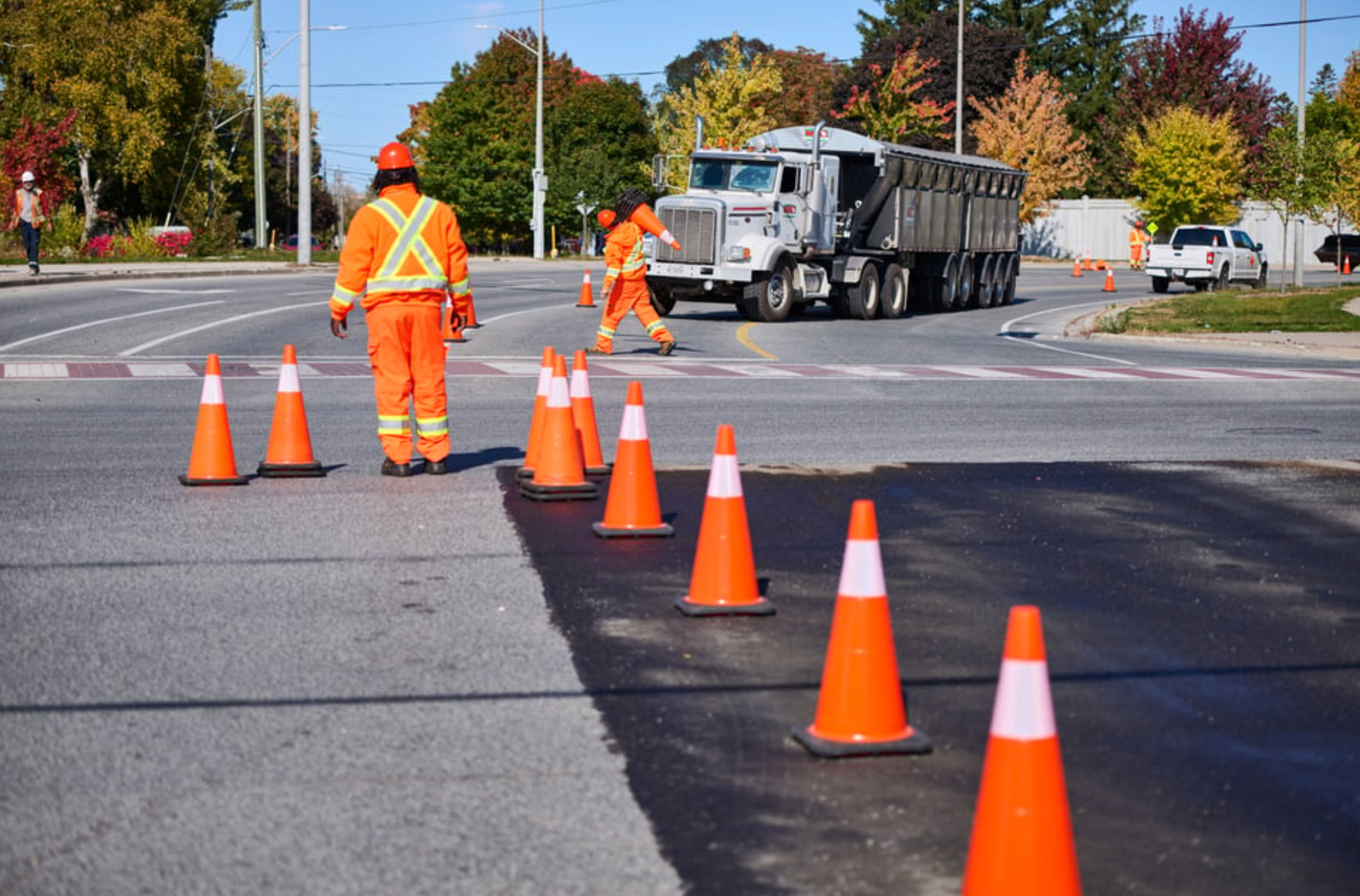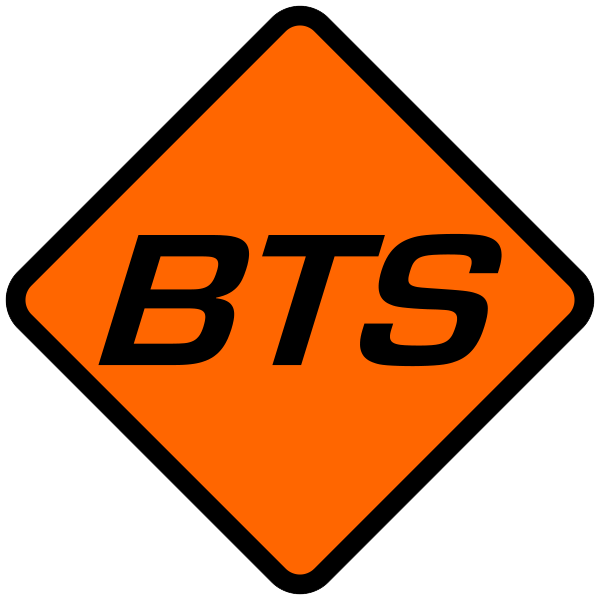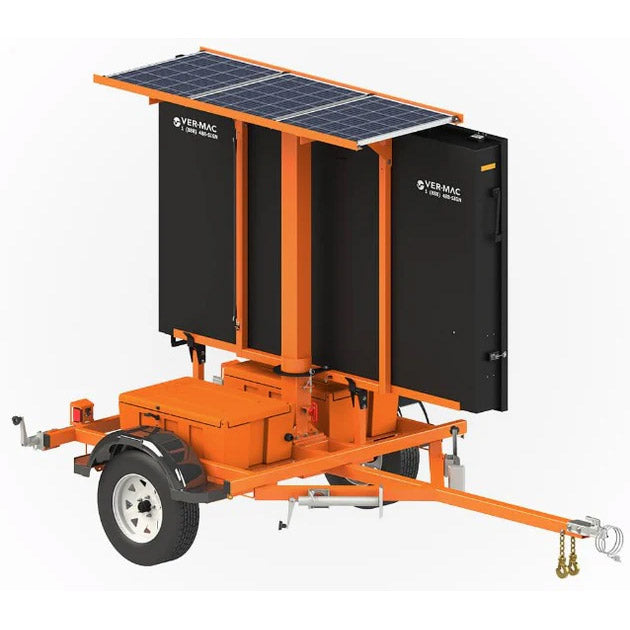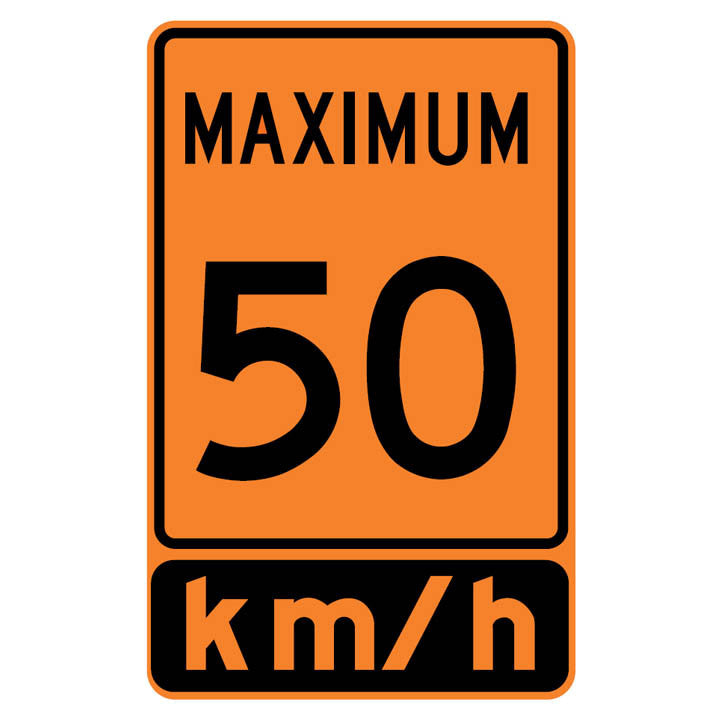
Why Do Only Some Traffic Cones Have Reflective Strips?
Understanding the Traffic Cone
 A traffic cone is one of the most familiar tools in traffic control. Drivers in Ontario see them on highways, city roads, and even parking lots. A cone is a bright, lightweight marker that shows where vehicles should not go. It warns of hazards, directs drivers, and creates safe space for workers. The bright orange colour makes it stand out during the day. The cone is easy to move and simple to set up, which makes it one of the most widely used devices by traffic control companies.
A traffic cone is one of the most familiar tools in traffic control. Drivers in Ontario see them on highways, city roads, and even parking lots. A cone is a bright, lightweight marker that shows where vehicles should not go. It warns of hazards, directs drivers, and creates safe space for workers. The bright orange colour makes it stand out during the day. The cone is easy to move and simple to set up, which makes it one of the most widely used devices by traffic control companies.
Traffic Safety Cones come in many sizes and weights. Smaller cones work well in parking lots, school zones, or low-speed areas. Larger and heavier cones are used on busy roads and highways where cars move faster. Because they are portable, cones can be used for short-term work like utility repairs, lane closures, or event traffic management. They are a flexible, cost-effective solution that supports safety and order on Ontario roads.
Why Traffic Cones Are Used in Traffic Control
 The main purpose of Traffic Safety Cones is to separate vehicles from danger. Cones guide traffic into safe lanes, warn of construction, or alert drivers to obstacles. They also create protective zones for workers. Without cones or other barriers, drivers may not notice changes on the road until it is too late.
The main purpose of Traffic Safety Cones is to separate vehicles from danger. Cones guide traffic into safe lanes, warn of construction, or alert drivers to obstacles. They also create protective zones for workers. Without cones or other barriers, drivers may not notice changes on the road until it is too late.
Traffic control companies in Ontario use cones every day. During road repairs, they place cones to close off a lane or protect a work crew. At events, cones help guide vehicles into parking areas and keep pedestrians safe. Police and emergency crews also use cones during accidents or road closures. The value of the traffic cone lies in its speed of deployment. In just minutes, crews can place cones to create a safe traffic control plan.
The Role of Reflective Strips on Traffic Cones
 Drivers often notice that not every traffic cone looks the same. Some cones are plain orange, while others have reflective strips around them. These strips are not decoration. They are an important safety feature that improves visibility in certain conditions.
Drivers often notice that not every traffic cone looks the same. Some cones are plain orange, while others have reflective strips around them. These strips are not decoration. They are an important safety feature that improves visibility in certain conditions.
Reflective strips are made from special material that bounces light back toward its source. When headlights shine on a reflective cone at night, the strip lights up and becomes easy to see. This is especially important in Ontario, where many construction or road projects take place at night or during early morning hours. Long winter nights and poor weather also reduce visibility. A reflective traffic cone helps drivers see the work zone from a greater distance and react in time.
Plain orange cones are effective during the day. Their bright colour stands out against the pavement and natural background. But at night or in poor light, plain cones may blend into the surroundings. Without reflective material, drivers may not notice them until they are very close. That is why reflective cones are often required in higher-risk areas, such as highways, busy intersections, and nighttime construction sites.
When to Use Reflective Traffic Safety Cones
 In Ontario, regulations guide the use of traffic safety cones. The type of cone used depends on road speed, location, and time of day. For example, on a low-speed residential street during daylight, plain cones may be enough. But on a highway with fast-moving traffic, reflective cones are a must. Traffic control companies choose the right cone based on these conditions.
In Ontario, regulations guide the use of traffic safety cones. The type of cone used depends on road speed, location, and time of day. For example, on a low-speed residential street during daylight, plain cones may be enough. But on a highway with fast-moving traffic, reflective cones are a must. Traffic control companies choose the right cone based on these conditions.
Construction crews working at night almost always rely on reflective cones. Emergency services also use them when redirecting traffic after dark. Event organizers setting up traffic control near stadiums or concert venues often use reflective cones to keep drivers alert in evening hours. Even in parking lots, reflective cones add visibility for temporary closures or pedestrian crossings.
The Difference Reflective Strips Make
 Reflective strips improve reaction time. When a driver sees a glowing reflective cone hundreds of meters ahead, they have time to slow down or change lanes safely. This protects workers, pedestrians, and other drivers. Reflective cones also reduce liability for contractors and municipalities. If a cone is not visible and an accident occurs, the lack of reflective material may be seen as negligence. Using reflective strips helps ensure compliance with safety standards.
Reflective strips improve reaction time. When a driver sees a glowing reflective cone hundreds of meters ahead, they have time to slow down or change lanes safely. This protects workers, pedestrians, and other drivers. Reflective cones also reduce liability for contractors and municipalities. If a cone is not visible and an accident occurs, the lack of reflective material may be seen as negligence. Using reflective strips helps ensure compliance with safety standards.
Why Traffic Control Companies in Ontario Trust Reflective Cones

Ontario’s climate and road conditions make visibility a major concern. Snow, rain, and fog can make it difficult for drivers to see. Traffic control companies must account for these conditions when planning safe work zones. Reflective cones are one of the simplest and most effective ways to improve visibility.
These cones are durable, portable, and built for Ontario’s demanding roads. They are often paired with other equipment like barriers, barrels, or signage. By combining different tools, traffic control companies create a complete safety system. But cones remain one of the most flexible and essential parts of the system.
The traffic cone is more than a bright piece of plastic on the road. It is a key part of traffic control in Ontario. Traffic Safety Cones create safe work zones, guide vehicles, and protect both drivers and workers. The use of reflective strips makes cones effective in low-light conditions, during night work, and in bad weather. Reflective cones improve visibility, reduce accidents, and meet safety standards required by municipalities and contractors.
At Barricade Traffic Services, we supply only reflective traffic cones to meet the needs of every project. As one of Ontario’s trusted traffic control companies, we make sure you have the right safety equipment for every situation. Whether for construction, emergency response, or event management, reflective cones play a vital role in keeping Ontario roads safe.




